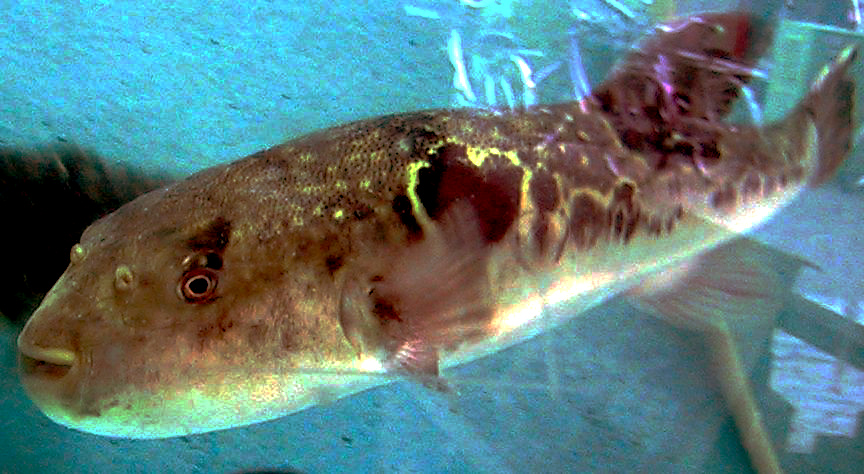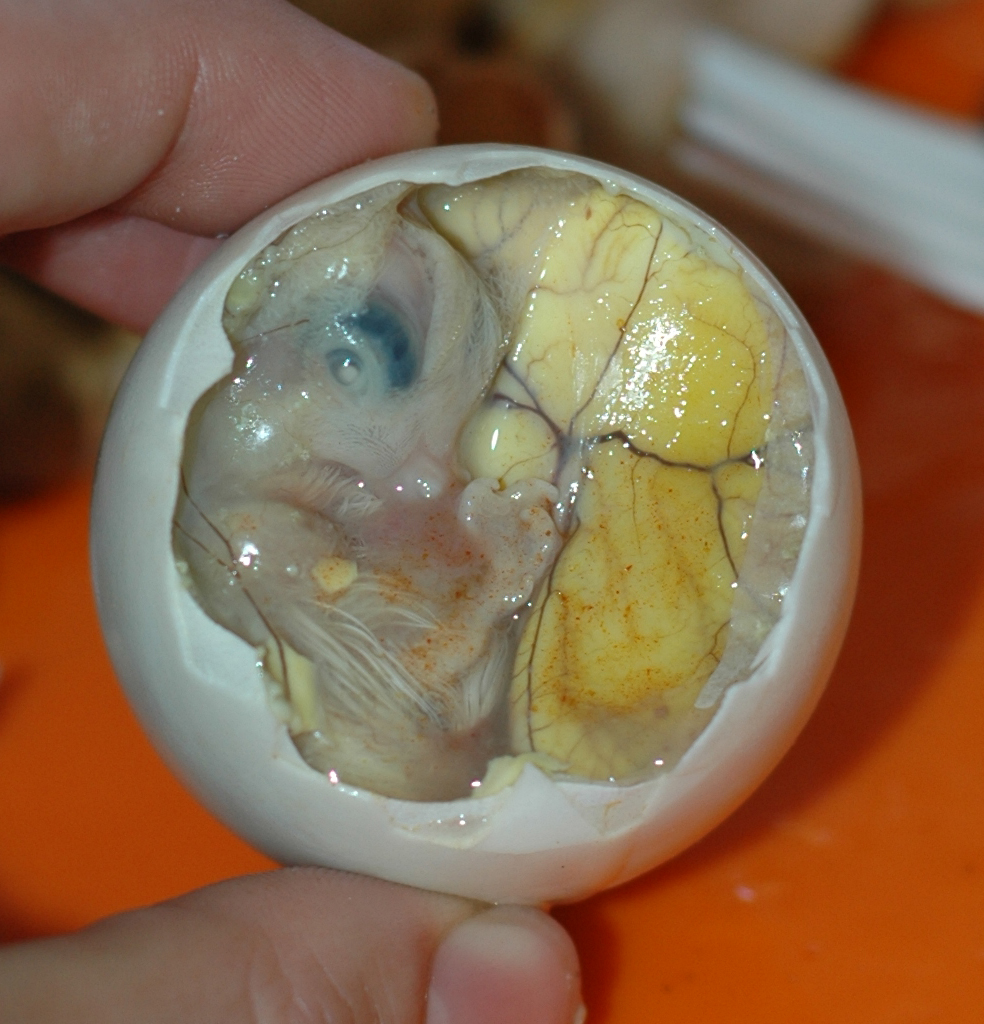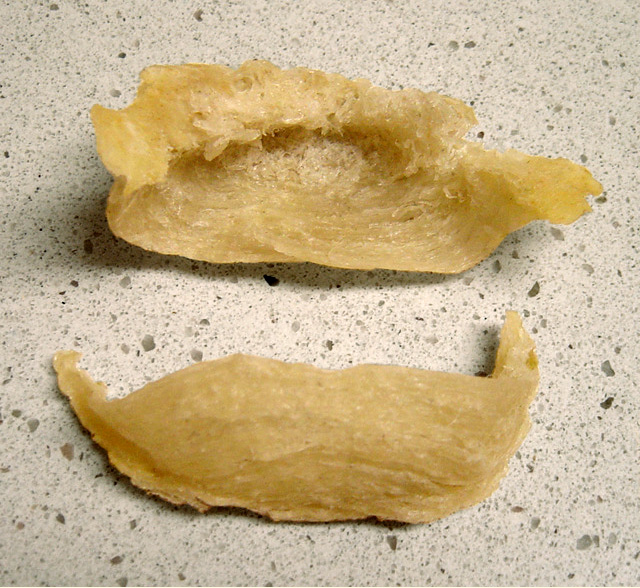|
Delicacies
A delicacy is usually a rare and expensive food item that is considered highly desirable, sophisticated, or peculiarly distinctive within a given culture. Irrespective of local preferences, such a label is typically pervasive throughout a region. Often this is because of unusual flavors or characteristics or because it is rare or expensive compared to standard staple foods. Delicacies vary per different countries, customs and ages. Flamingo tongue was a highly prized dish in ancient Rome, but is not commonly eaten in modern times. Lobsters were considered poverty food in North America until the mid-19th century when they started being treated, as they were in Europe, as a delicacy. Some delicacies are confined to a certain culture, such as fugu in Japan, bird's nest soup (made out of swiftlet nests) in China, and ant larvae (escamoles) in Mexico or refer to specific local products, such as Boletus edulis, porcino, venison or anchovy. Examples of delicacies * Abalone (Bao ... [...More Info...] [...Related Items...] OR: [Wikipedia] [Google] [Baidu] |
Fugu
The fugu (; ; ) in Japanese, ''bogeo'' (; 鰒魚) or ''bok'' () in Korean, and ''hétún'' (河豚; 河魨) in Standard Modern Chinese is a pufferfish, normally of the genus ''Takifugu'', ''Lagocephalus'', or ''Sphoeroides'', or a porcupinefish of the genus ''Diodon'', or a dish prepared from these fish. Fugu can be lethally poisonous to humans due to its tetrodotoxin, meaning it must be carefully prepared to remove toxic parts and to avoid contaminating the meat. The restaurant preparation of fugu is strictly controlled by law in Japan and several other countries, and only chefs who have qualified after three or more years of rigorous training are allowed to prepare the fish. Domestic preparation occasionally leads to accidental death. Fugu is served as sashimi and nabemono. The liver was served as a traditional dish named ''fugu-kimo'', being widely thought to be a tasty part, but it is also the most poisonous, and serving this organ in restaurants was banned in Japan in 198 ... [...More Info...] [...Related Items...] OR: [Wikipedia] [Google] [Baidu] |
Escamoles
Escamoles (; nah, azcamolli, from ''azcatl'' 'ant' and ''molli'' 'puree'), known colloquially as ''Mexican caviar'' or ''insect caviar'', are the edible larvae and pupae of ants of the species '' Liometopum apiculatum'' and '' L. occidentale var. luctuosum''. They are most commonly consumed in Mexico City and surrounding areas. Escamoles have been consumed in Mexico since the age of the Aztecs. They taste is described as buttery and nutty, with a texture akin to that of cottage cheese. File:Escamoles, chahuis, chinicuiles y chapulines. Mercado de Tula.jpg Escamoles02.jpg, Escamoles al mojo de ajo See also *Chahuis — the edible beetles of Mexico *Entomophagy in humans — the human consumption of insects as food Insects as food or edible insects are insect species used for human consumption. More than 2,000 insects species worldwide are considered edible. However, a much smaller number is discussed for industrialized mass production and partly regiona ... * List of de ... [...More Info...] [...Related Items...] OR: [Wikipedia] [Google] [Baidu] |
Abalone
Abalone ( or ; via Spanish , from Rumsen ''aulón'') is a common name for any of a group of small to very large marine gastropod molluscs in the family (biology), family Haliotidae. Other common name In biology, a common name of a taxon or organism (also known as a vernacular name, English name, colloquial name, country name, popular name, or farmer's name) is a name that is based on the normal language of everyday life; and is often contrast ...s are ear shells, sea ears, and, rarely, muttonfish or muttonshells in parts of Australia, ormer in United Kingdom, the UK, perlemoen in South Africa, and paua in New Zealand. Abalones are marine snails. Their taxonomy puts them in the family Haliotidae, which contains only one genus, ''Haliotis'', which once contained six subgenera. These subgenera have become alternate representations of ''Haliotis''. The number of species recognized worldwide ranges between 30 and 130 with over 230 species-level taxa described. The most comprehen ... [...More Info...] [...Related Items...] OR: [Wikipedia] [Google] [Baidu] |
Balut (food)
Balut ( , ; also spelled as balot) is a fertilized developing egg embryo that is boiled or steamed and eaten from the shell. It is commonly sold as street food in South China and Southeast Asian countries, notably the Philippines, Cambodia ( km, ពងទាកូន, ) and Vietnam ( vi, trứng vịt lộn). The term comes from the Filipino language. The length of incubation before the egg is cooked is a matter of local preference, but generally ranges between 14 and 21 days. Description A balut is a fertilized bird egg (usually a duck) which is incubated for a period of 30 to 53 days, depending on the local culture, and then steamed. The contents are eaten directly from the shell. Balut that is incubated for longer periods have a well-developed embryo and the features of the duckling are recognizable. The partially-developed embryo bones are soft enough to chew and swallow as a whole. The mallard duck (''Anas platyrhynchus''), also known as the "Pateros duck", is often use ... [...More Info...] [...Related Items...] OR: [Wikipedia] [Google] [Baidu] |
Bird's Nest Soup
Edible bird's nests are bird nests created by edible-nest swiftlets, Indian swiftlets, and other swiftlets using solidified saliva, which are harvested for human consumption. They are particularly prized in Chinese culture due to their rarity, high protein content and rich flavor. Edible bird's nests are among the most expensive animal products consumed by humans, with nests being sold at prices up to about , depending on grading. The type or grading of a bird's nest depends on the type of bird as well as the shape and color of the bird's nest. It is usually white in color, but there also exists a red version that is sometimes called "blood" nest. According to traditional Chinese medicine, it promotes good health, especially for the skin. The nests have been used in Chinese cuisine for over 400 years, most often as bird's nest soup. Etymology The Chinese name for edible bird's nest, ('), translates literally as "swallow's (or swift's) nest"; in Indonesia "''sarang burung wale ... [...More Info...] [...Related Items...] OR: [Wikipedia] [Google] [Baidu] |
The Fish Market At The Center Of The World
''The'' () is a grammatical article in English, denoting persons or things already mentioned, under discussion, implied or otherwise presumed familiar to listeners, readers, or speakers. It is the definite article in English. ''The'' is the most frequently used word in the English language; studies and analyses of texts have found it to account for seven percent of all printed English-language words. It is derived from gendered articles in Old English which combined in Middle English and now has a single form used with pronouns of any gender. The word can be used with both singular and plural nouns, and with a noun that starts with any letter. This is different from many other languages, which have different forms of the definite article for different genders or numbers. Pronunciation In most dialects, "the" is pronounced as (with the voiced dental fricative followed by a schwa) when followed by a consonant sound, and as (homophone of pronoun ''thee'') when followed by a v ... [...More Info...] [...Related Items...] OR: [Wikipedia] [Google] [Baidu] |
University Of California Press
The University of California Press, otherwise known as UC Press, is a publishing house associated with the University of California that engages in academic publishing. It was founded in 1893 to publish scholarly and scientific works by faculty of the University of California, established 25 years earlier in 1868, and has been officially headquartered at the university's flagship campus in Berkeley, California, since its inception. As the non-profit publishing arm of the University of California system, the UC Press is fully subsidized by the university and the State of California. A third of its authors are faculty members of the university. The press publishes over 250 new books and almost four dozen multi-issue journals annually, in the humanities, social sciences, and natural sciences, and maintains approximately 4,000 book titles in print. It is also the digital publisher of Collabra and Luminos open access (OA) initiatives. The University of California Press publishes in ... [...More Info...] [...Related Items...] OR: [Wikipedia] [Google] [Baidu] |
Akutaq
Alaskan ice cream (also known as Alaskan Indian ice cream, Inuit ice cream, Indian ice cream or Native ice cream, and Inuit-Yupik varieties of which are known as ''akutaq'' or ''akutuq'') is a dessert made by Alaskan Athabaskans and other Alaska Natives. It is traditionally made of whipped fat or tallow (e.g. caribou, moose, or walrus tallow, or seal oil) and meat (such as dried fish, especially pike, sheefish or inconnu, whitefish or cisco, or freshwater whitefishes, or dried moose or caribou) mixed with berries (especially cowberry, bilberry, ''Vaccinium oxycoccos'' or other cranberries, bearberry, crowberry, salmonberry, cloudberry or low-bush salmonberry, raspberry, blueberry, or prickly rose) or mild sweeteners such as roots of Indian potato or wild carrot, mixed and whipped with a whisk. It may also include tundra greens. There is also a kind of ''akutaq'' which is called snow ''akutaq''. The most common recipes for Indian ice cream consist of dried and pulverized moose ... [...More Info...] [...Related Items...] OR: [Wikipedia] [Google] [Baidu] |
Alaska
Alaska ( ; russian: Аляска, Alyaska; ale, Alax̂sxax̂; ; ems, Alas'kaaq; Yup'ik: ''Alaskaq''; tli, Anáaski) is a state located in the Western United States on the northwest extremity of North America. A semi-exclave of the U.S., it borders the Canadian province of British Columbia and the Yukon territory to the east; it also shares a maritime border with the Russian Federation's Chukotka Autonomous Okrug to the west, just across the Bering Strait. To the north are the Chukchi and Beaufort Seas of the Arctic Ocean, while the Pacific Ocean lies to the south and southwest. Alaska is by far the largest U.S. state by area, comprising more total area than the next three largest states (Texas, California, and Montana) combined. It represents the seventh-largest subnational division in the world. It is the third-least populous and the most sparsely populated state, but by far the continent's most populous territory located mostly north of the 60th parallel, with ... [...More Info...] [...Related Items...] OR: [Wikipedia] [Google] [Baidu] |
Truffe Coupée
A truffle is the fruiting body of a subterranean ascomycete fungus, predominantly one of the many species of the genus ''Tuber''. In addition to ''Tuber'', many other genera of fungi are classified as truffles including ''Geopora'', ''Peziza'', ''Choiromyces'', ''Leucangium'', and over a hundred others. These genera belong to the class Pezizomycetes and the Pezizales order. Several truffle-like basidiomycetes are excluded from Pezizales, including ''Rhizopogon'' and ''Glomus''. Truffles are ectomycorrhizal fungi, so they are usually found in close association with tree roots. Spore dispersal is accomplished through fungivores, animals that eat fungi. These fungi have significant ecological roles in nutrient cycling and drought tolerance. Some truffle species are highly prized as food. French gastronome Jean Anthelme Brillat-Savarin called truffles "the diamond of the kitchen". Edible truffles are used in Italian, French and numerous other national . Truffles are cultivated ... [...More Info...] [...Related Items...] OR: [Wikipedia] [Google] [Baidu] |





.png)

